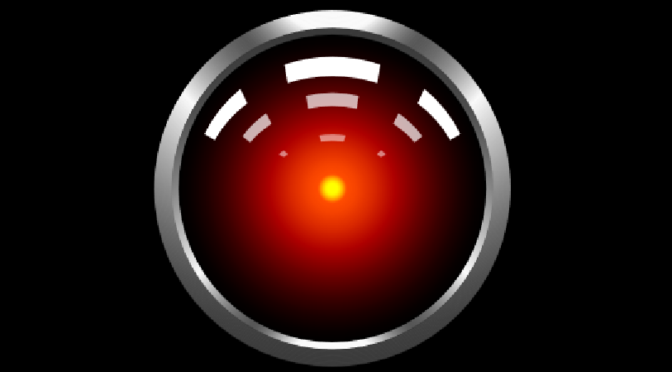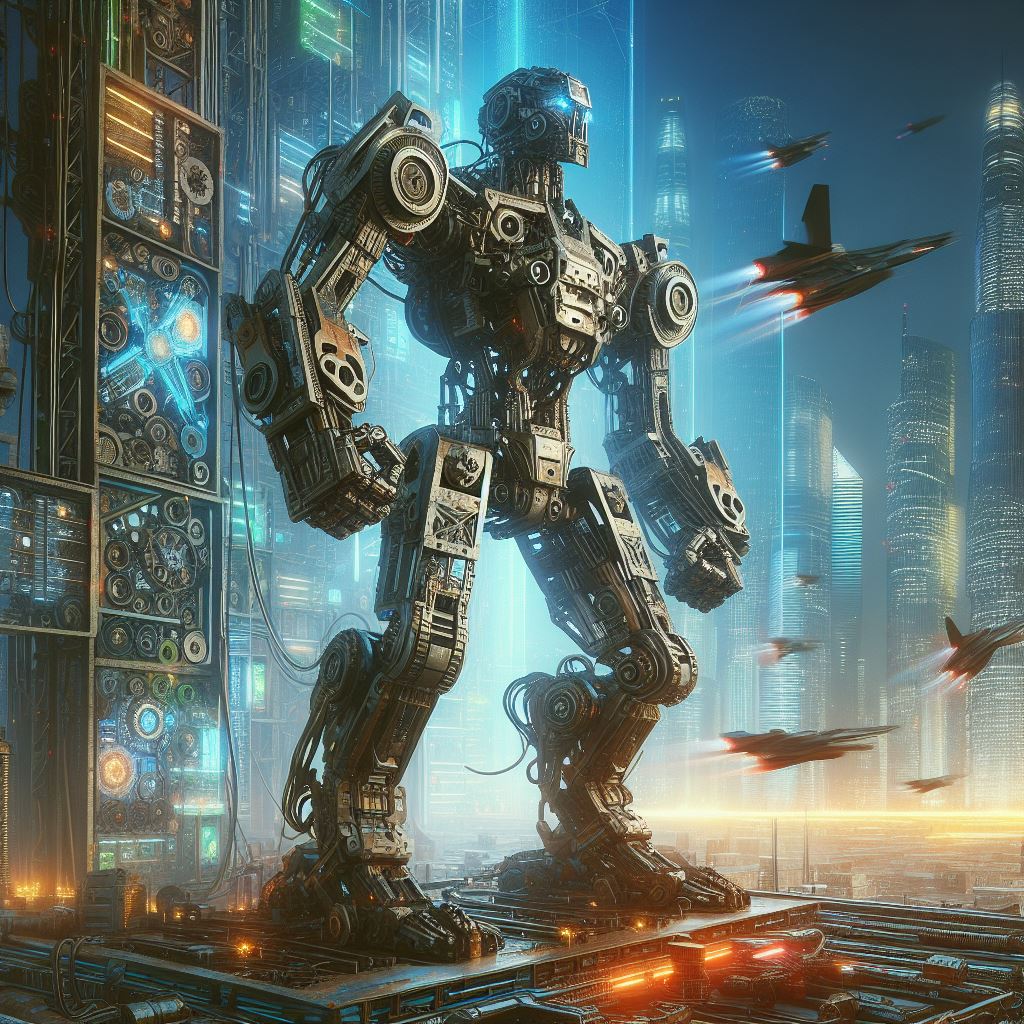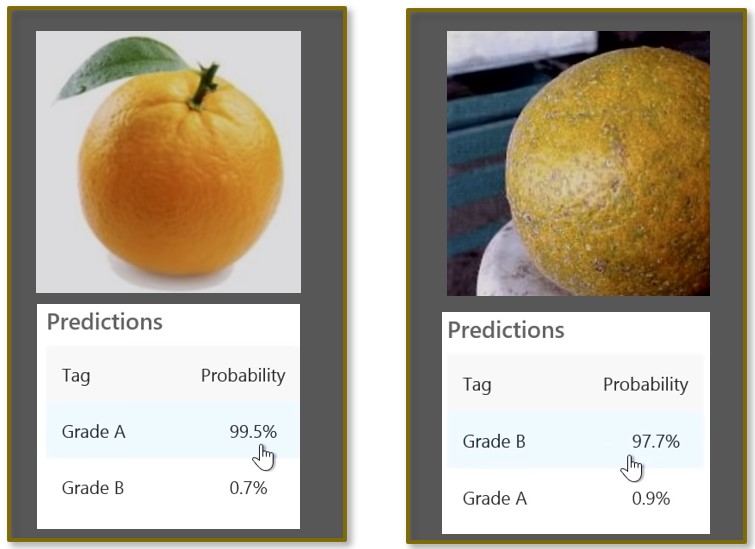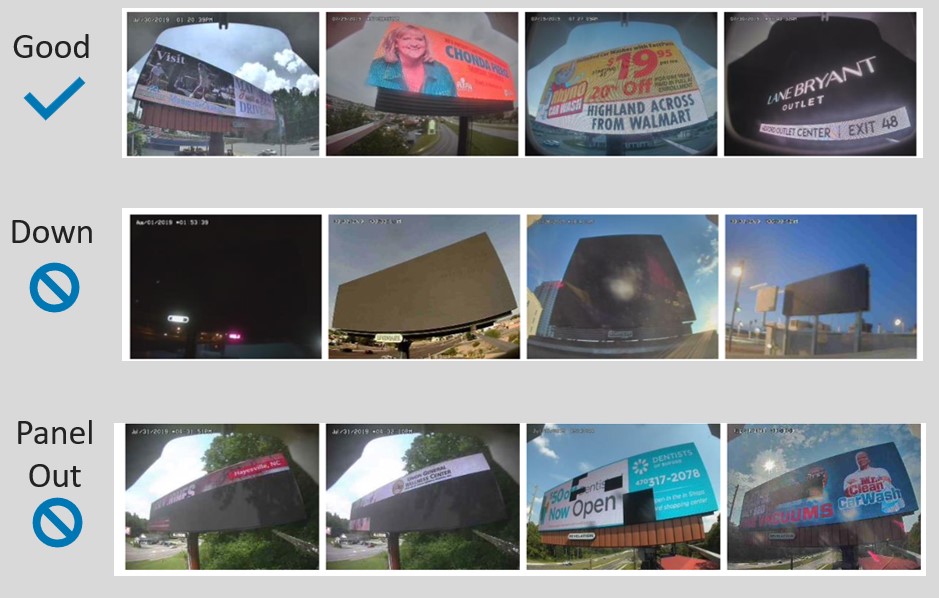Manufacturers were just beginning to adopt workflow technologies into their operations when artificial intelligence suddenly burst onto the scene.
Where does AI fit in for a company that hires labor, cuts steel, and installs it on high-rise construction projects?
Kevin Seefried, President of TwinEngines, presented this question at the 2024 Annual Meeting of the Independent Steel Alliance, which was held May 1-3 in Asheville, NC.

Kevin began with the iconic 2001: A Space Odyssey scene where the rogue AI computer HAL locks the bay doors in an act of self-preservation. In many ways, fifty years later, nothing has changed. We still fear the prospect of global disaster from AI running amok.
Putting AI in a historical perspective, AI represents the next iteration of tech productivity that began with the PC, then networking, the Internet, mobile technology, cloud computing, and now AI.
Kevin explained that AI is not a monolithic technology but a collection of four key tools that can solve specific needs – individually or together.
These AI tools include:
- Natural Language Processing – Tools like Siri and Chatbots that allow computers to understand and translate human language.
- Generative AI – Tools like ChatGPT can create images, video, text, software code, music, and audio from simple prompts.
- Cognitive Intelligence – This AI skill trains an application to recognize variations in visual images, such as discerning an orange for serving versus one for juice.
- Machine Learning – Digitial Data Pattern recognition, such as Netflix recommending movies you might like, can be applied to predictive analytics, decision-making, financial monitoring, and more.
Kevin Seefried presented a series of real-world AI applications that included:
- Field Labor Facial Recognition Validation – Confirming that the actual worker clocked in on the job site.
- Construction Drawings – Using AI to locate key data on a sprawling set of blueprints and digitize for construction management.
- Billboard Monitoring – Training AI to recognize when a digital billboard has faulty panels to prompt a maintenance crew. IMAGE HERE
- Delivery Routing – Optimizing a complex delivery route using an algorithm that considers traffic, load, and other data.
- Accounts Payable – Using AI to recognize billing fields on a vendor PDF invoice for automated export into the ERP system.
- Software Development – Using ChatGPT or generate code for office applications.
Kevin finished by describing how AI can be applied to solve real-world problems. Where does AI excel? This includes pattern recognition, breaking a problem into steps, and finding the business case for applying AI. Kevin gave real examples where AI did not pay off, for example, creating a chatbot assistant to serve up operating reports. In the end, a conventional interface was more efficient.
If you want to explore using AI to enhance your workflow, you are invited to talk to a TwinEngines Solution Architect.
“AI is transforming technology just like Networking, the Internet, Mobile, and the Cloud.
Why now? Processing, Storage, and Cloud COSTS are down, sophisticated ALGORITHMS, a surge of INVESTMENT, and a roadmap toward COMMERCIALIZATION and Commoditization.”
Kevin Seefried, President, TwinEngines

Generative AI Prompt: “Create a futuristic robot out of rebar.”

Cognitive Intelligence: Visually comparing the quality of oranges.

Machine Learning: Training AI to recognize a functioning digital billboard panel from one that is down or a panel out.”
